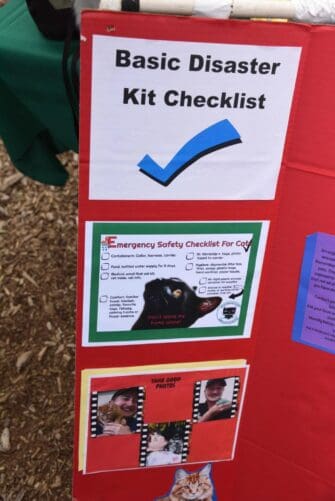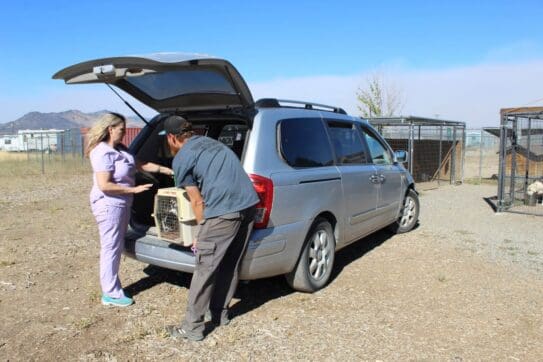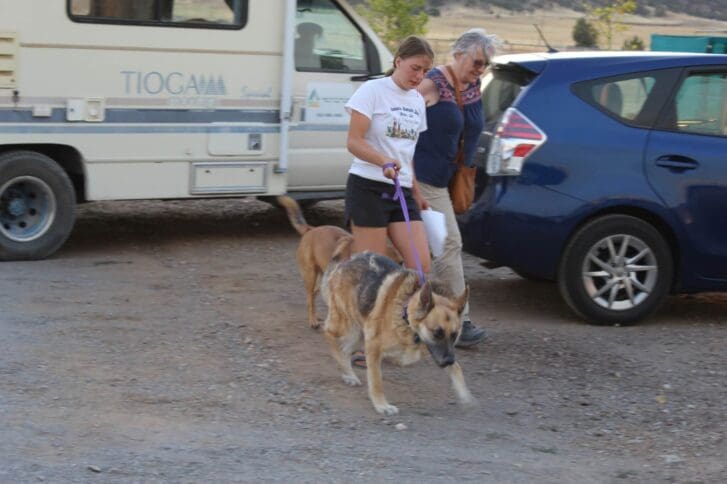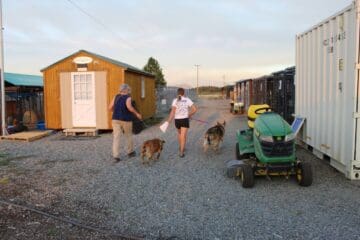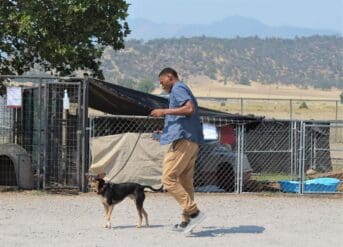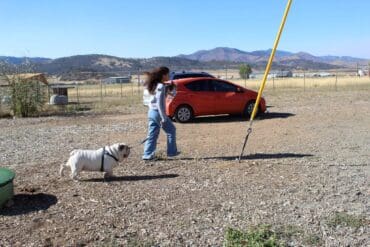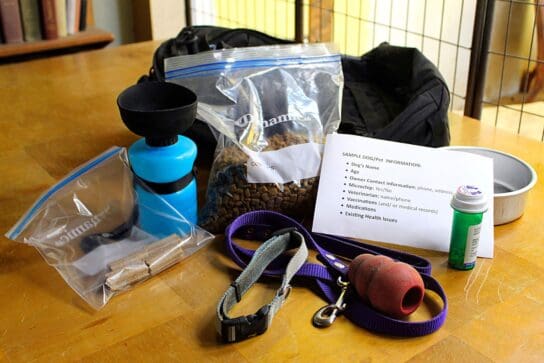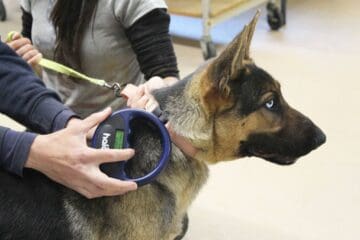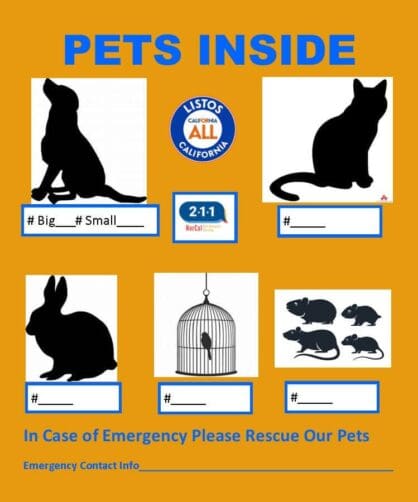June is National Pet Preparedness month, there’s no better time to talk about including your dog in your emergency plan. With fire season underway, the good news is that heavy rains and a historically high snowpack have filled the reservoirs and added moisture to the environment. But, while we hope that forests will be more fire resistant this year, we’re not out of the woods, so to speak. We’re grateful for the water, but we’re still at risk for wildfires. Do you have an emergency preparedness plan? Does it include your pets?
Emergency preparedness and your dog
It’s easy to assume that your beloved pet will simply come along if you evacuate. But things can go sideways, fast.
- During an emergency, stress levels go up and patience goes down. It’s harder to plan, think, and remember details when your brain is telling you to run.
- Knowing you’re prepared will help you stay calm and organized.
- Animals are sensitive to human stress: even the most “Velcro” dog might bolt or hide. Will you have time to deal with an uncharacteristic reaction?
- So you’ve loaded your dog, did you remember their food and medication?
- What if your dog is home alone? Will a neighbor or first responder be able to coax your pet into a vehicle? A crate?
- Even if you’ve successfully evacuated with your dog, what if you can’t stay together?
Tips to measurably increase your odds for a positive outcome:
You’ll fare much better if you take the time to plan for your dog’s needs before an emergency arises.
-
Crate training
Even if you don’t typically crate your dog (or cat), there are many advantages to crate training. If your pet associates the crate with safety and comfort, you’ll have far more control when you need to isolate, confine, or transport. Third-parties, such as first responders, rescuers, or shelters, will have an easier time as well. Crate training doesn’t have to be difficult. Consult your vet or local rescue for more information. In the meantime check out this useful tip sheet and this video.
-
Find out where you local dog evacuation center is
Rescue Ranch is the Designated Dog Evacuation Center for Siskiyou County, but if you have other animals or live in another county, you should know whom to contact and/or where to go.
-
Pack a dog go bag
A go bag is basic to emergency preparedness. Make sure you pack one for your pet. For dogs, include owner contact and other critical information, food, water, extra leash and collar, medications, and maybe a favorite toy, treats, or a blanket. Store the go bag where it’s easily accessible.
-
Vaccinate and microchip
Keep your dog’s vaccinations current. Vaccinations help protect your dog during emergencies when many animals are kept in close quarters. Microchipping will more than double your chances of being reunited if your dog gets loose.
-
Let first responders know
Post signs advising first responders that there are animals on your property or in your home, just in case.

